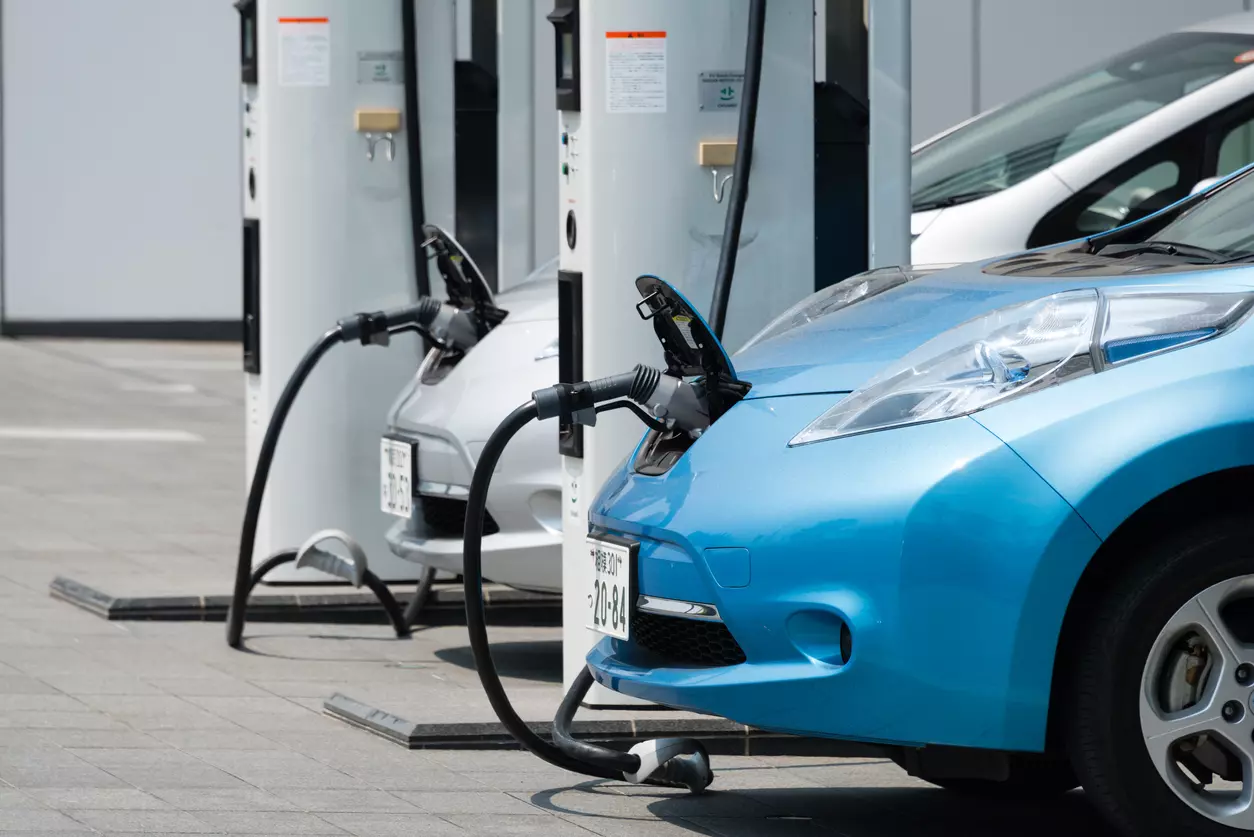
Budget 2024-25: To fast-track EV adoption, policy must pivot toward stability
Industry leaders recommend that the third edition of EV incentive programme FAME be approved in the upcoming Union Budget

The Narendra Modi government’s target of having 30 per cent of all vehicles go electric by 2030 may need to be put on the fast track, even to achieve just half of that goal.
The existing policy has worked to an extent. The EV share has leapfrogged to 6.3 per cent in 2023 from just below 1 per cent pre-pandemic (EV sales grew to nearly 1.4 million in 2023 from 1.02 million in 2022).
This is more because of the over $600 million in government subsidies via an incentive scheme. It needs a far-evolved policy to double the existing share in another decade.
China, Europe far ahead
According to data-gathering website Statista, China is still the standard bearer of the ongoing push for fleet electrification. CleanTechnica data shows that 22 per cent of all new cars sold in that country in 2022 were fully electric.
When plug-in hybrids are included, the EV market share is 30 per cent in the corresponding year.
In Europe, electric vehicles had a market share of 23 per cent of all newly registered vehicles, the study showed. In comparison, battery electric vehicles alone comprised 14 per cent of the total market.
FAME policy
The Modi 2.0 regime (2014-19) established a robust foundation for battery-driven vehicles by implementing policies like FAME 2 (valid until March 31), the EV manufacturing policy, and production-linked incentive (PLI) schemes, allocating Rs 18,100 crore for the automobile sector and Rs 26,000 crore for advanced chemical cells for batteries.
Industry leaders and analysts recommend that the third edition of the EV incentive programme, the Faster Adoption and Manufacturing of Electric Vehicles (FAME), be approved in the upcoming Union Budget.
While the new policy may accelerate the adoption of electric vehicles, it is equally important to understand the reasons for the government scheme's limited success.
1. Limited scope and coverage:
The initial phase of the FAME scheme had a limited budget and scope. It focused primarily on providing subsidies for a small number of vehicles rather than a comprehensive plan for nationwide adoption.
2. Infrastructure deficiencies:
A significant barrier to EV adoption is the lack of sufficient charging infrastructure. The FAME scheme did not adequately address the need for widespread and accessible charging stations across urban and rural areas.
3. Inconsistent policy implementation:
There were inconsistencies in policy implementation at the state and central levels. Different states had varying levels of commitment and support for EV infrastructure and incentives, leading to a fragmented approach.
4. Subsidy distribution issues:
Delays and complications in disbursing subsidies to manufacturers and consumers created uncertainty and reduced the scheme's appeal to EV producers and buyers.
5. High initial costs:
Despite subsidies, the initial cost of EVs remained relatively high compared to traditional internal combustion engine vehicles. This deterred many consumers from making the switch.
6. Limited awareness and consumer acceptance:
Consumers were unaware of EVs' benefits and availability and were concerned about their performance, range and maintenance.
7. Insufficient support for local manufacturing:
While the policy aimed to boost local manufacturing, the support provided was not sufficient to overcome the challenges faced by domestic manufacturers, including high import duties on essential components like batteries.
8. Technological challenges:
The EV technology, particularly battery technology, was still developing, leading to concerns about the longevity and efficiency of EVs available under the scheme.
9. Policy changes and uncertainty:
Frequent policy changes and updates created uncertainty among manufacturers and consumers, making it difficult to plan for and invest in the EV sector long-term.
The way forward
To fast-track the adoption of EVs, the government needs to bring in a framework that pivots on stability rather than on going back and forth.
1. Tax incentives:
Lower GST: To make EVs more affordable, reduce the Goods and Services Tax (GST) on electric vehicles from the current 5 per cent to a lower rate.
Income tax benefits: Enhance the income tax deduction on the interest paid on loans for purchasing EVs.
Corporate tax benefits: Offer tax deductions for businesses investing in electric vehicle fleets, charging infrastructure and R&D in EV technology.
2. Subsidies and grants:
Direct subsidies: Provide upfront subsidies for purchasing EVs, particularly for low- and middle-income consumers.
R&D grants: Allocate funds for research and development in battery technology, charging infrastructure, and EV components to drive innovation and reduce costs.
3. Charging infrastructure:
Infrastructure grants: Provide grants to state governments and private players to set up public charging stations.
Land allocation: Allocate land for charging stations at concessional rates or provide it free of cost in strategic locations.
4. Manufacturing incentives:
Production-Linked Incentives (PLI): Extend and enhance the PLI scheme for manufacturing electric vehicles and batteries.
Import duty reduction: Reduce import duties on components and raw materials for EVs and batteries to lower manufacturing costs.
5. FAME II scheme enhancements:
Extension and expansion: Extend the Faster Adoption and Manufacturing of Hybrid and Electric Vehicles (FAME II) scheme beyond 2024 with increased funding and broader coverage.
6. Public awareness and training:
Awareness Campaigns: Fund large-scale public awareness campaigns about the benefits of EVs.
Skill Development: Invest in training programs to upskill the EV manufacturing, maintenance and services workforce.
7. Regulatory support:
Zero Emission Zones: Establish zero-emission zones in major cities where only EVs are allowed, incentivising the shift to electric mobility.
Green number plates: Encourage the use of green number plates for EVs, which could offer benefits like free parking, toll exemptions and access to high-occupancy vehicle lanes.
8. Finance and Insurance:
Low-Interest loans: Collaborate with banks and financial institutions to offer low-interest loans for EV purchases.
Insurance benefits: Provide discounted insurance premiums for EV owners.
By implementing a stable and forward-looking policy framework, the government can accelerate EV adoption, contribute to carbon neutrality goals, and position India as a global leader in sustainable mobility.
